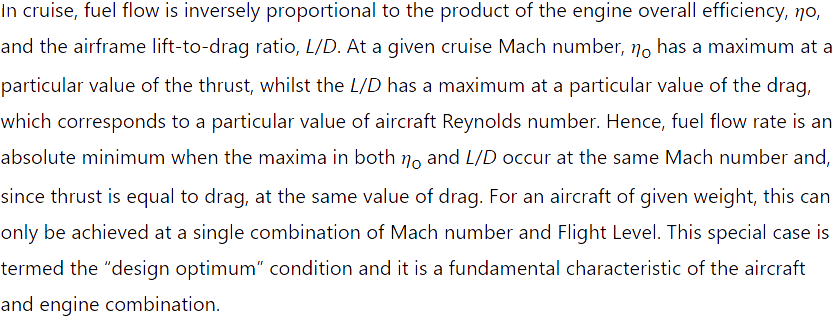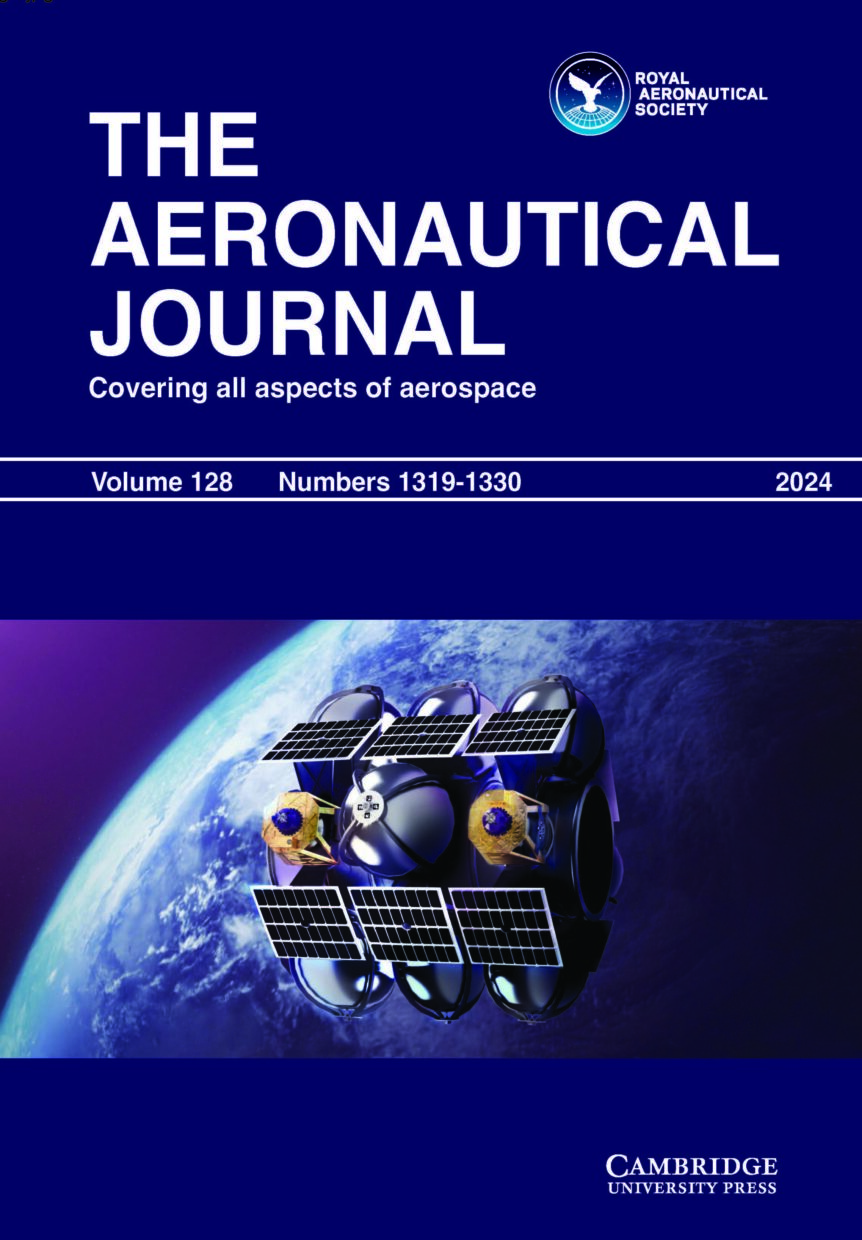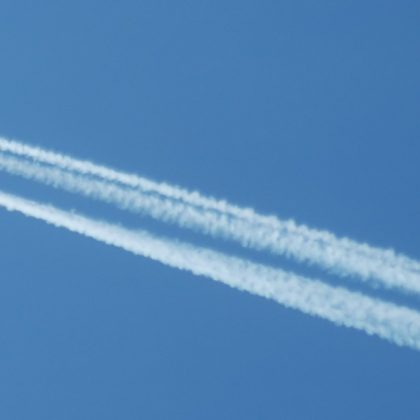Developing a progressively better understanding of the impact of global aviation on the environment
The Aeronautical Journal June 2024 Vol 128 No 1324
Over the past 30 years, the atmospheric science community has improved our understanding of how aviation affects the environment. Initially, the focus was on fuel consumption, since this determines the rate at which carbon dioxide, NOX and water vapour are released. However, more recently, much attention has been paid to the impact of contrails. These, and the associated cirrus clouds, are now known to be an important element in aviation’s contribution to global warming.
Consequently, greater insight requires better public-domain, aircraft performance models. A rough estimate of fuel flow is no longer good enough. Engine overall efficiency and the characteristics of the exhaust “particulates” also need to be known. To meet this need, a novel, open and fully transparent performance model has been under development for several years. This requires a knowledge of the Mach number and Flight Level at which an aircraft has its absolute minimum rate of fuel consumption. Unfortunately, this is not easy to obtain.
The paper, ‘On the conditions for absolute minimum fuel burn for turbofan powered, civil transport aircraft and a simple model for wave drag‘ addresses the problem using a first principles approach, together with well-established theory. This paper is published in Volume 128, Issue 1324 of The Aeronautical Journal.

The analysis begins with the equations for general optimum fuel burn and these are reduced to give those describing the “design optimum” condition. Solution requires a knowledge of the airframe’s wave drag and this is a very complex phenomenon. However, its contribution to the optimum is quite small, and so a simple representation can still give acceptable results.
Here, we use a model developed 60 years ago by Douglas Aircraft. The result is a series of very simple relations, revealing the effect of Mach number and Reynolds number on lift coefficient, drag coefficient and L/D at the “design optimum” condition, together with a very simple model for aircraft drag that allows L/D to be estimated at any combination of aircraft weight, Mach number and Flight Level.
On the conditions for absolute minimum fuel burn for turbofan powered, civil transport aircraft and a simple model for wave drag by D.I.A Poll and U. Schumann. This open access paper appears in Volume 128, Issue 1324 of The Aeronautical Journal.

The Royal Aeronautical Society is the world’s only professional body dedicated to the entire aerospace community. Established in 1866 to further the art, science and engineering of aeronautics, the Society has been at the forefront of developments ever since.
Lastly, book reviews covering academic, scientific and technical books covering aeronautical engineering and topics relating to it can be found here: www.aerosociety.com/news-expertise/national-aerospace-library/book-reviews







Environmental pollution has many different sources. Air pollution, water pollution and soil contamination are the principal kinds of pollution. It may be interesting to recall the reports on substantial reduction in pollution levels globally during the first lockdown in COVID-19 pandemic. Air travel is a serious cause of concern because airlines, like many other industries, use fossil fuels. In order to promote sustainable development, all industries need to adopt and adapt to clean and green sources of energy. Green Hydrogen is the alternative fuel to traditional sources of polluting fuels. As the world goes ahead with green fuels such as hydrogen, there will be significant reduction in air pollution caused by airlines. Aviation sector will also contribute to sustainable development.